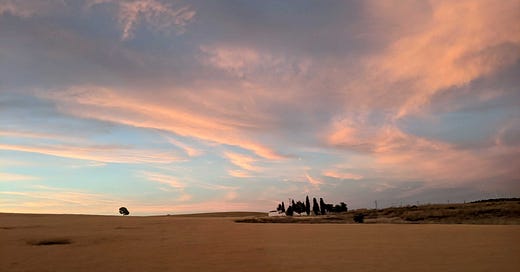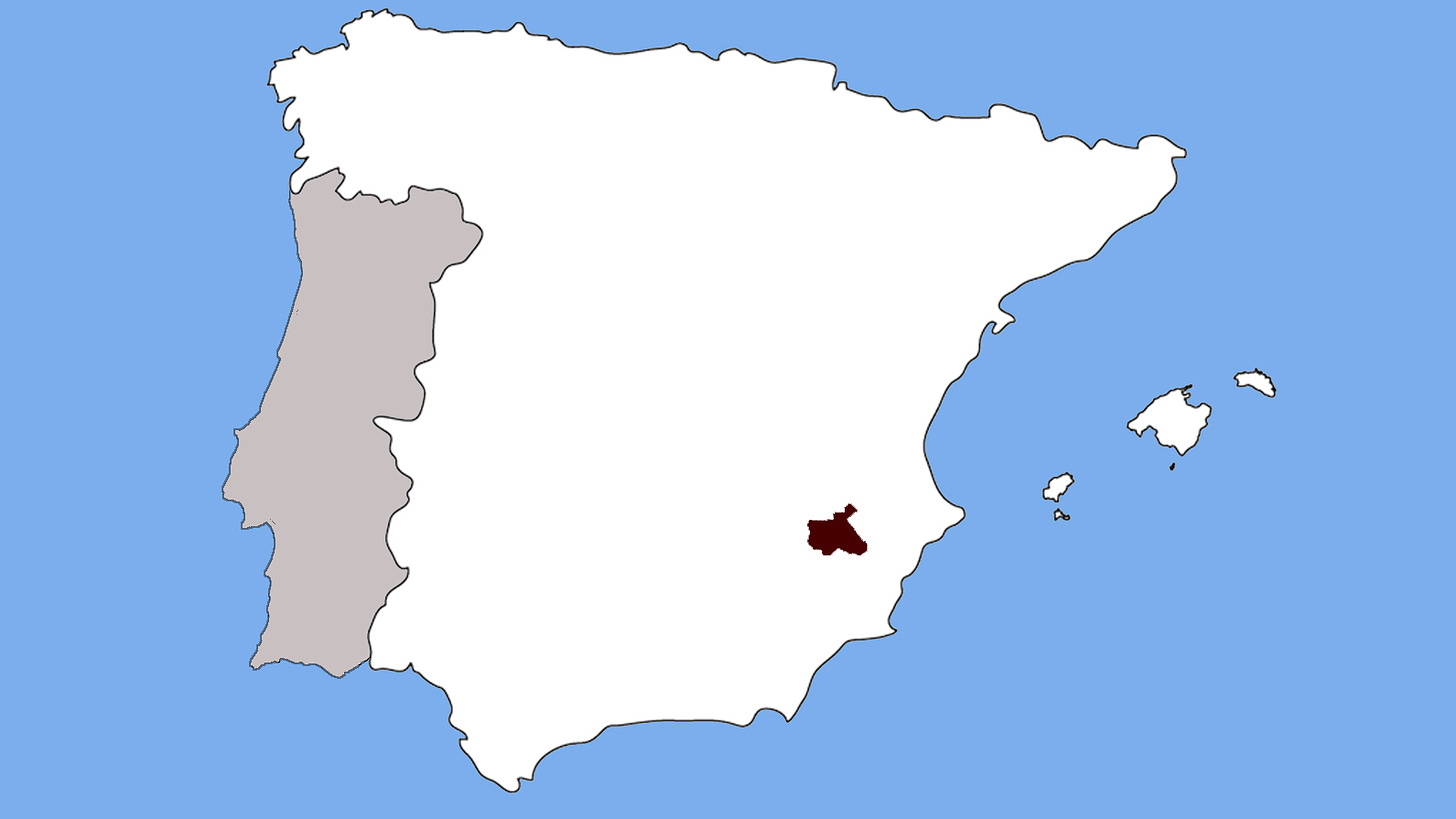DO Jumilla
This article was originally published on our old website, Simply Spanish Wine.
Key Points
Grape varieties: Monastrell, Cencibel (Tempranillo), Alicante Bouschet, Garnacha, Cabernet Sauvignon, Airén, Macabeo, Pedro Ximénez, Malvasía, Chardonnay, Sauvignon Blanc & small grain Moscatel
Hectares planted: 22,700 Ha
Grape growers:1,800
Wineries: 42
About Jumilla
Denominación de Origen Jumilla covers about 27,000 hectares of vineyard in south east Spain. Straddling the northern corner of the region of Murcia and spilling over into the province of Albacete in the bottom righthand corner of Castilla La Mancha, it’s a hot, dry region which is famous for its quite strong, full-bodied red wines made from the Monastrell grape which covers 70% of the vineyard area.
Historically, Jumilla has always exported a lot of wine of its wine. Southern Spain has been on the wine map going all the way back to the Phoenicians – for one very good reason. All that southern coastline was great for trade. In the second and third centuries BC, Mediterranean ports in Catalunya and Valencia were key exporters of wine to Rome, and that influence persists today. The grape variety Monastrell is known as Mourvèdre in France and derives its name from Murviedro, which is what the Romans used to call the Valencian port which we know today as Sagunto.
The terrain of Jumilla
In geographical terms, Jumilla sits on the so-called Altiplano Levantino, which is a transition region between the higher, flat plains of La Mancha and the softer landscapes of the Levante. The landscape is one of contrast, and vines are planted from about 320 metres above sea level in the valleys and up to 900 metres above sea level at the highest points.
The climate in Jumilla
Although the Mediterranean is quite close by – Albacete is 100km away as the crow flies - Jumilla’s climate is predominantly continental. Winters are cold with temperatures below zero, while in the summer it’s not uncommon for the mercury to get above 40º. It is sunny and dry, with about 3,000 hours of sun a year and quite low rainfall (about 300mm/year), although rains can be quite torrential sometimes in spring and late summer/early autumn.
Grapes used in Jumilla
Monastrell is a popular grape throughout the Levante. It ripens late which is perfect in a hot climate, and it adapts very well to different soil types. It has small, quite sweet, thin-skinned berries which are good at recovering from spring frosts which we can get a lot of in Spain. Monastrell gives intense, full-bodied red wines loaded with lots of rich dark fruit, aromatic herbs, spice and liquorice. It also has pretty good acidity which helps it to age, but it can sometimes be prone to reductive, slightly sulphurous aromas when you first open a bottle, so it’s a wine that can benefit from a bit of air before serving.
Summary
Jumilla, and the other DOs of south-east Spain like Bullas or Yecla, are great places to explore for wine lovers with lots of fuller-bodied reds but also plenty of fresher wines from higher altitude plots. All that heat helps keep diseases at bay and cuts down on the need for chemical-based treatments which makes it easier for growers to make organically-certified wines. Another local advantage is the number of ungrafted, or pie franco vines which tend to give lower yields and make for more complex wines.







